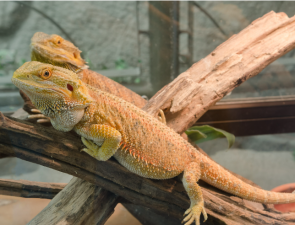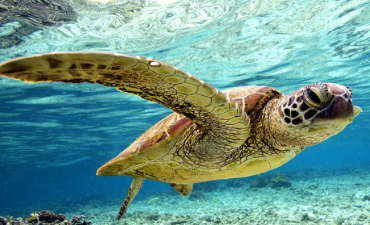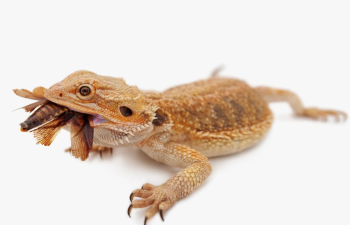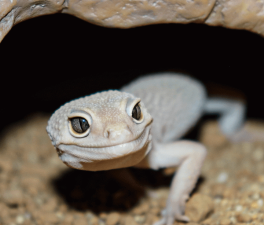Bearded dragons, a popular pet lizard around the world, are as well-known as green iguanas. Whenever they puff up their head spines and show their majestic momentum, they can easily attract many eyes. Although bearded dragons are much smaller than green iguanas in size, this is precisely one of the advantages that makes them more suitable for home breeding.


Bearded dragons, a popular pet lizard around the world, are as well-known as green iguanas. Whenever they puff up their head spines and show their majestic momentum, they can easily attract many eyes. Although bearded dragons are much smaller than green iguanas in size, this is precisely one of the advantages that makes them more suitable for home breeding.
In the small homes of cities, the huge size of green iguanas may be daunting for some people. However, bearded dragons have successfully won the favor of urban residents and beginners with their moderate size and easy adaptation to artificial breeding environments, becoming their ideal choice. Bearded dragons, a non-toxic diurnal lizard with a lifespan of 7-10 years, are known for their strong physique and intimacy with people. They not only have a strong appetite, but also have won people's love with their active eating behavior and willingness to accept human closeness.

◉ Native environment and breeding conditions
What is the living environment of the bearded dragon (scientific name: Pogona vitticeps), a unique creature from Australia, in its native place? Since bearded dragons originate from the desert areas of Australia, they mainly live in hot and arid deserts, wilderness, bushes and woods. Therefore, providing them with a suitable humidity and temperature environment is the key to ensure their healthy growth.
Maintaining humidity below 30% and ensuring good ventilation will help lions live a comfortable life. For this reason, breeding boxes equipped with spacious screens or ventilation "blinds" have become a must for raising lions. High humidity can cause discomfort to them, so suitable breeding conditions include low humidity and excellent ventilation.
◉ Choice of breeding equipment
Equipment selection: In order to ensure that the bearded dragon can get enough light and good ventilation, a high-quality breeding box is essential. For adult bearded dragons over one year old, a storage box with a size of 80X40X40 is usually required. There are many materials of breeding boxes available on the market, such as fir, PVC, acrylic and glass. However, when choosing, we should mainly consider two factors: whether the material is toxic and whether it is easy to keep warm.
Acrylic and glass materials are excellent in ornamental performance, but their heat preservation effect is relatively poor. Therefore, they are more suitable for use in summer, or in winter when the room can be heated continuously as a whole.

◉ Importance of lamps
As a desert lizard, the bearded dragon has strict requirements on temperature and humidity. However, through the clever use of lamps, we can easily meet these needs of lions. UVA and UVB lamps are the key to regulating temperature and promoting health, and ceramic lamps are used to maintain temperature at night. UVA, as the long-wave ultraviolet rays in the sun, can simulate the temperature directly below, that is, the basking point, so as to ensure that the lion can enjoy a suitable temperature in the breeding environment.
During the day, the temperature in the hot zone is maintained at 38℃ to 42℃, while the temperature in the cold zone is controlled at 28℃ to 30℃. Such a temperature difference setting not only meets the living habits of the lion, but also ensures its healthy growth. UVB, as the medium-wave ultraviolet rays in the sun, is vital to many organisms. It is the key light for organisms to synthesize vitamin D3.
◉ Food and digestive health
The diet of the maned lion should be diversified. The staple food can include dubia, lettuce, cherry red and crickets, while the side dishes include mealworms and mealworms. Dubia is especially recommended because it provides high-protein, low-fat food and is the best food choice for lions. Pay attention to the cleanliness and moderation of food, which is especially important for digestive health. Vegetables given to lions must be thoroughly washed and soaked to remove pesticide residues.



